Russian criminal tattoos and playing cards
Russian criminal tattoos and playing cards, United Kingdom, 2018.
In Soviet prisons card playing was prohibited. Inmates improvised by making their own from whatever materials came to hand. Confiscated and destroyed by the authorities, original decks are difficult to obtain and often incomplete. This pack of cards has been put together using four different sets (one for each suit) made by Russian criminals in prisons during the 1980s. Their unique designs were formed with hand-cut stencils using “inks” mixed from soot and blood. Normally a standard Russian deck contains only 36 cards. However, this pack has been adapted to make a complete standard Western deck of 52 cards. See the box►
The pack was published by FUEL Design & Publishing, London, in November 2018 as part of a larger series on Russian criminal tattoos. For more information on the cards see here►

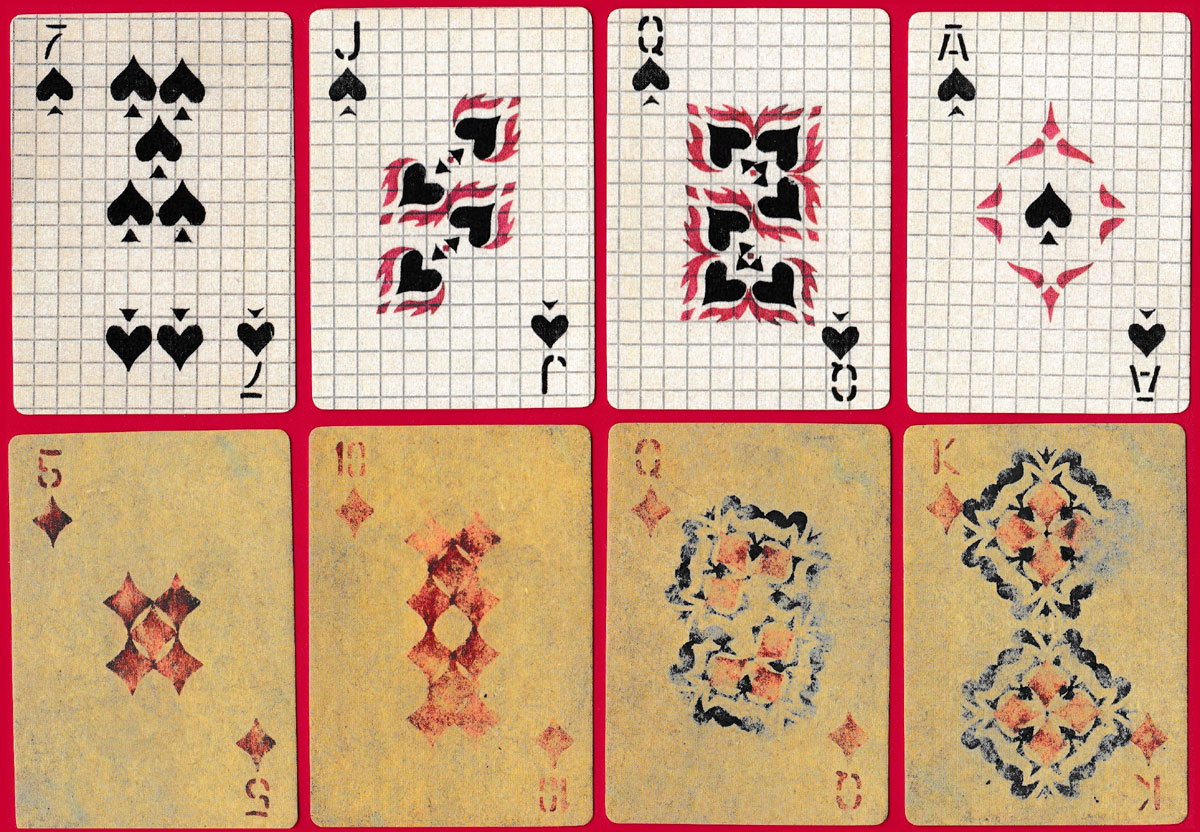
Above: Russian criminal tattoo playing cards published by FUEL Design & Publishing, London, 2018.
A book with the same title as the pack was published simultaneously as part of the series.
• See also Turnhout Playing Card Museum: Russian Criminal Playing Cards►
By Peter Burnett
United Kingdom • Member since July 27, 2022 • Contact
I graduated in Russian and East European Studies from Birmingham University in 1969. It was as an undergraduate in Moscow in 1968 that I stumbled upon my first 3 packs of “unusual” playing cards which fired my curiosity and thence my life-long interest. I began researching and collecting cards in the early 1970s, since when I’ve acquired over 3,330 packs of non-standard cards, mainly from North America, UK and Western Europe, and of course from Russia and the former communist countries.
Following my retirement from the Bodleian Library in Dec. 2007 I took up a new role as Head of Library Development at the International Network for the Availability of Scientific Publications (INASP) to support library development in low-income countries. This work necessitated regular training visits to many sub-Saharan African countries and also further afield, to Vietnam, Nepal and Bangladesh – all of which provided rich opportunities to further expand my playing card collection.
Since 2019 I’ve been working part-time in the Bodleian Library where I’ve been cataloguing the bequest of the late Donald Welsh, founder of the English Playing Card Society.

Leave a Reply
Your Name
Just nowRelated Articles
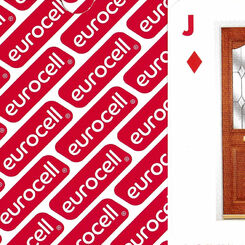
Eurocell® playing cards
Promotional playing cards produced by Eurocell® (UPVC window, door, conservatory and roofline system...
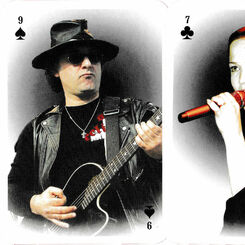
Castle Rock Club
Castle Rock Club playing cards featuring Russian rock stars and musicians, c. 2000.
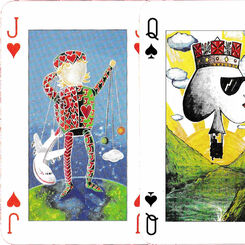
The Winning Hand
The Winning Hand playing cards with artwork from multiple artists, United Kingdom, 1993.

Meantime brewery
‘Meantime’ craft brewery playing cards, United Kingdom, c. 2000.

Even More Trial and Error
“Even More Trial and Error” produced by the Worshipful Company of Makers of Playing Cards, United Ki...
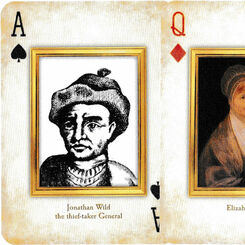
Trial and Error
Trial and Error produced by Lance Whitehouse, Past Master of the Worshipful Company of Makers of Pla...
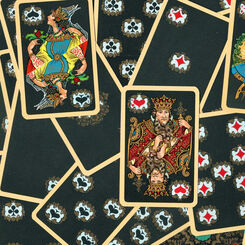
Russian Playing Cards
Playing cards were known in Muscovy as early as the last quarter of the sixteenth century.
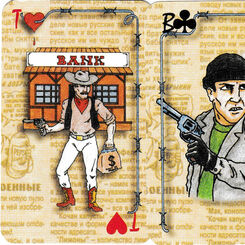
Kolotushki
Kolotushki playing cards designed by Vitalii Buslovskikh, Russia, 2000.

Soviet propaganda posters
Propaganda posters of the Soviet Union.
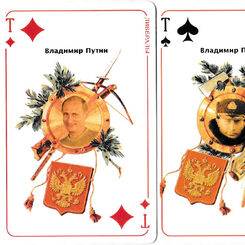
Russian Federation
Russian Federation pack featuring leading political figures of the time, c.2000.

Pack of dogs
Pack of dogs playing cards with portraits by Gina Andrews, England, 2017.

Peterhof souvenir playing cards
Peterhof souvenir playing cards (Petergof suvenirnye igral’nye karty) published by Mednyi Vsadnik (B...
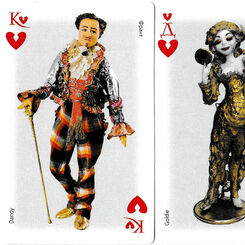
Dolls Gallery
Dolls Gallery / Galereia kukol : karty igral’nye / published by Varvara Skripkina, 2003.

Treasures of the Russian Museum
Treasures of the Russian Museum / Russkii Muzei : suvenirnye igral’nye karty.
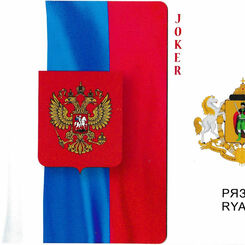
Russian Cities Coats-of-Arms
Rossiia / Municipal Coats-of-Arms of Russian Federation.
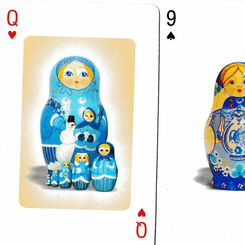
Matryoshka playing cards
The first nested doll set was carved in 1890.
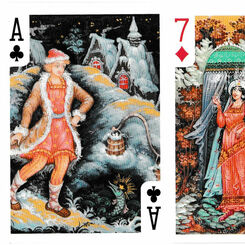
Palekh and Kholui lacquer miniatures
Palekh and Kholui lacquer miniatures.
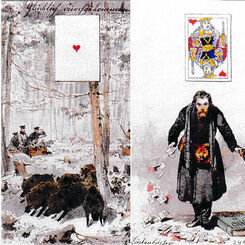
Hunting playing cards
Hunting playing cards / “Okhotnich’i karty” with illustrations by the court artist Mihály Zichy.
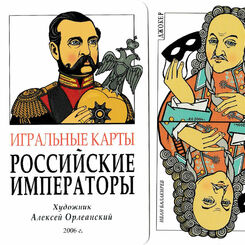
Russian Emperors
Russian Emperors playing cards / “Rossiiskie imperatory karty igral’nye” produced and illustrated b...
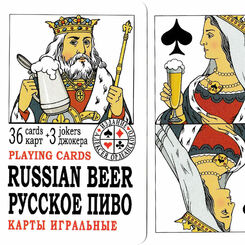
Russian Beer
Russian Beer playing cards / “Russkoe pivo karty igral’nye” produced in 2006
Most Popular
Our top articles from the past 60 days


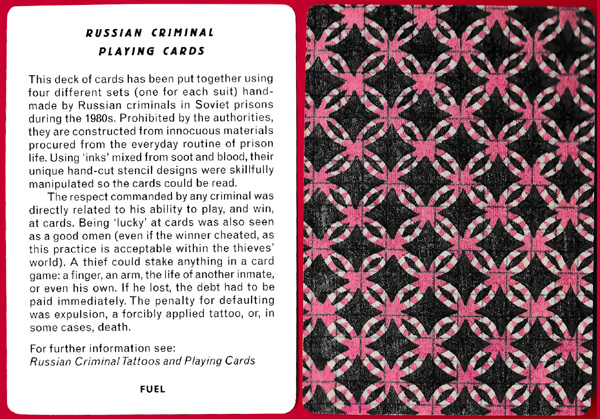
 Your comment here. Your comment here. Your comment here. Your comment here. Your comment here. Your comment here. Your comment here. Your comment here. Your comment here. Your comment here. Your comment here. Your comment here. Your comment here. Your comment here. Your comment here. Your comment here. Your comment here. Your comment here. Your comment here. Your comment here. Your comment here. Your comment here. Your comment here. Your comment here. Your comment here. Your comment here. Your comment here. Your comment here. Your comment here. Your comment here. Your comment here. Your comment here.
Your comment here. Your comment here. Your comment here. Your comment here. Your comment here. Your comment here. Your comment here. Your comment here. Your comment here. Your comment here. Your comment here. Your comment here. Your comment here. Your comment here. Your comment here. Your comment here. Your comment here. Your comment here. Your comment here. Your comment here. Your comment here. Your comment here. Your comment here. Your comment here. Your comment here. Your comment here. Your comment here. Your comment here. Your comment here. Your comment here. Your comment here. Your comment here.




















